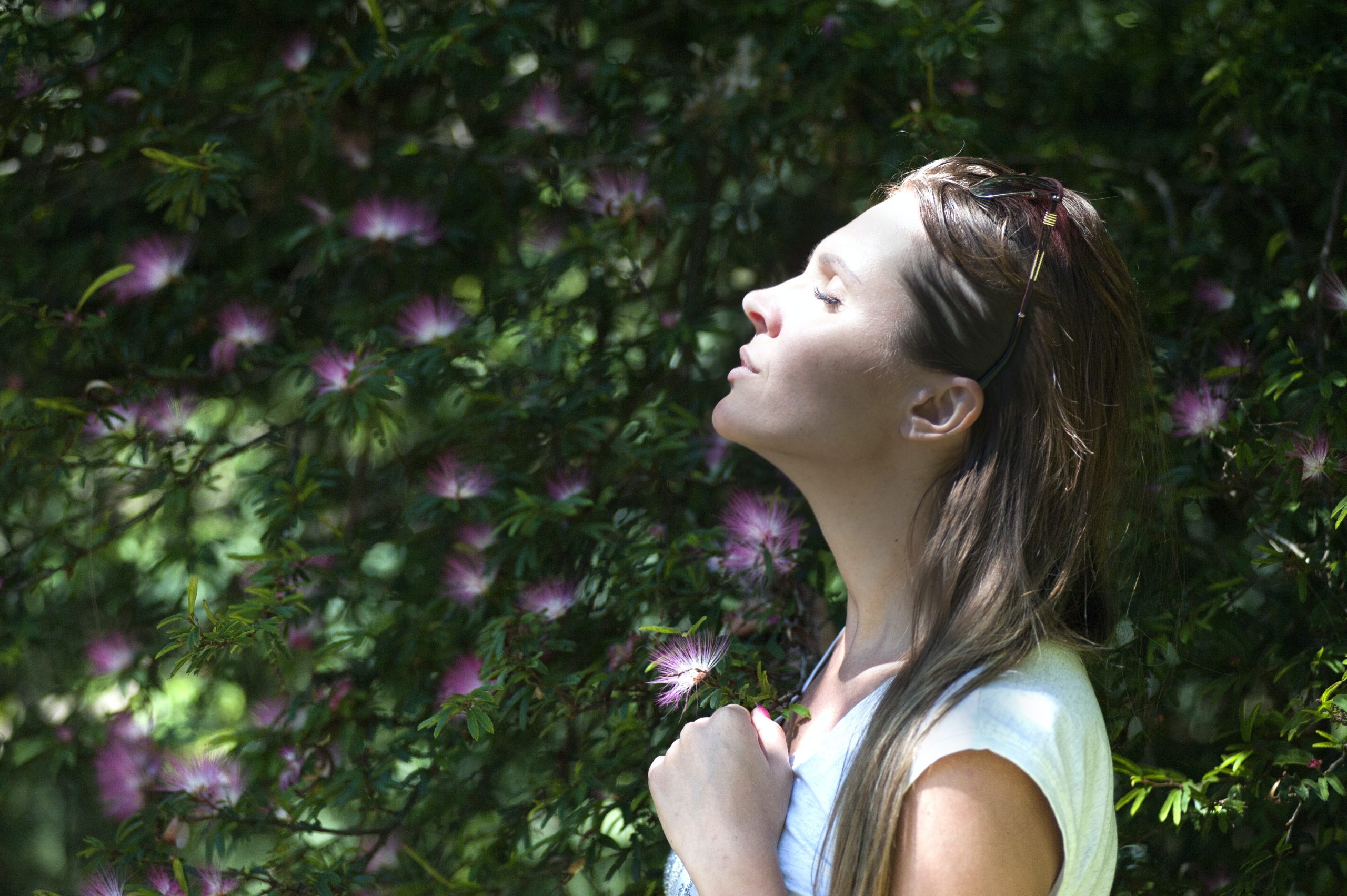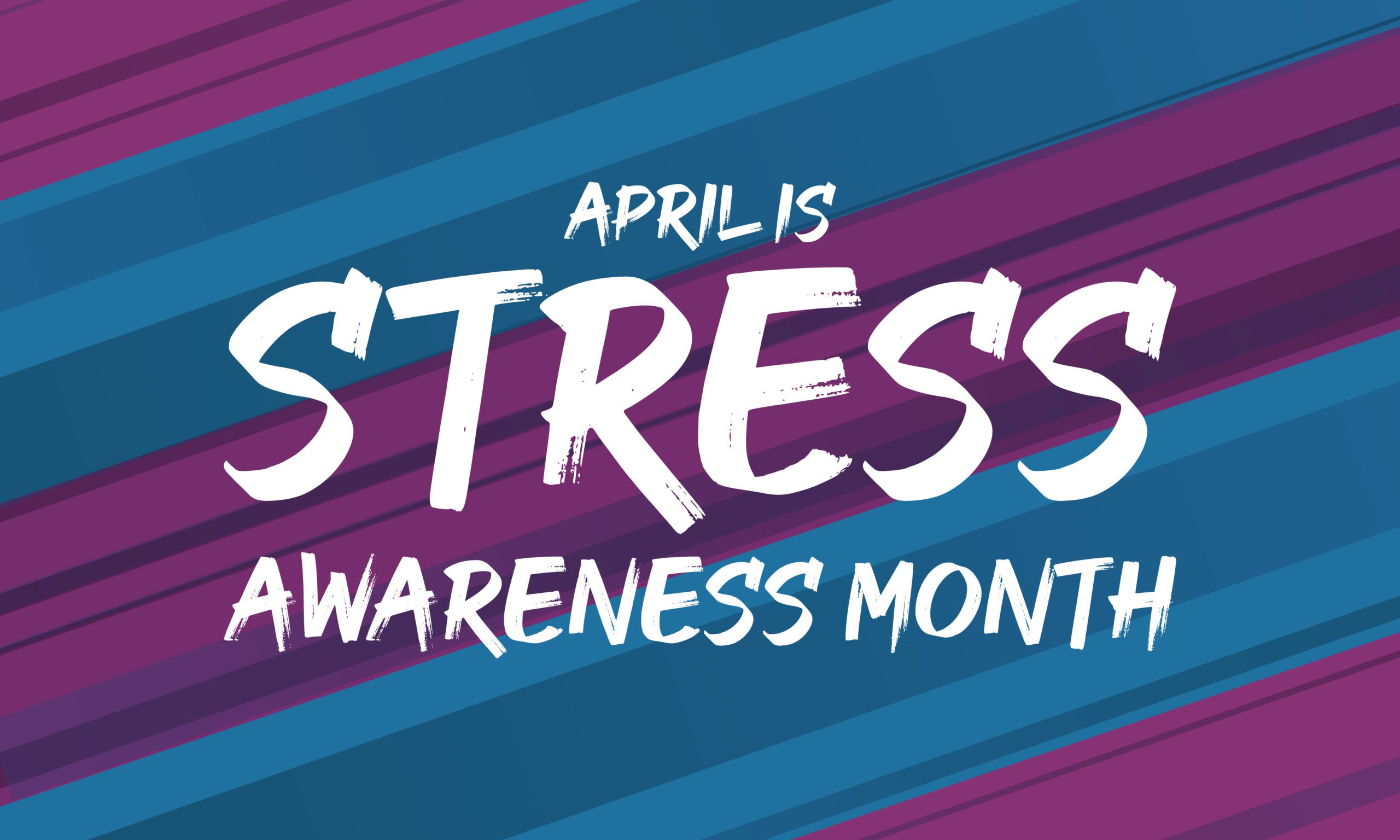
Breathing is an essential and automatic process that we hardly pay attention to. It involves inhaling oxygen, which is transported to the blood cells, and exhaling carbon dioxide, a waste product. However, when we experience anxiety or panic attacks, our breathing can become irregular, disrupting the balance between oxygen and carbon dioxide in our body. This can lead to various physical and emotional symptoms such as fatigue, restlessness, and anxiety. In this article, we’ll explore effective breathing techniques that can help alleviate anxiety and promote relaxation. Discover how you can use these simple yet powerful exercises to overcome anxiety and stress.
1. Belly breathing

The American Institute of Stress recommends practicing “belly breathing” or diaphragmatic breathing for 20 to 30 minutes every day to alleviate stress and anxiety. To begin, find a peaceful and comfortable spot to sit or lie down, such as a chair, cross-legged position, or lying on your back with a pillow beneath your head and knees.
Next, place one hand on your upper chest and the other on your belly, below the ribcage. Let your stomach relax, avoiding the urge to tense or contract your muscles. Take a slow and deep breath in through your nose, allowing the air to move down into your nose and belly, causing your stomach to rise as you inhale. Exhale slowly through slightly pursed lips, keeping an eye on the hand on your chest, which should remain relatively still. With practice, you can improve your belly breathing technique and reduce anxiety and stress.
2. 4-7-8 Technique
The 4-7-8 breathing technique, known as the relaxing breath, can naturally calm the nervous system. To begin, sit with your back straight. Once you’re comfortable with the exercise, you can try it while lying down.
During the exercise, keep the tip of your tongue against the ridge of tissue behind your upper front teeth. Then, exhale through your mouth with a “whoosh” sound. Close your mouth and inhale quietly through your nose, counting to four. Hold your breath for a count of seven, then exhale completely through your mouth with a whoosh sound to a count of eight. With regular practice, this breathing exercise can help reduce stress and anxiety.
3. Mindfulness breathing

and avoiding thoughts about the past or future. Mindfulness breathing exercises can serve the same purpose.
To practice mindfulness breathing, choose a calming focus like a sound, positive word, or phrase to silently repeat while inhaling or exhaling. For example, you could use “om,” “peace,” or “breathe in calm, breathe out tension.” As you breathe, let go of any distractions or tension. If your mind wanders, take a deep breath and gently redirect your attention to the present moment. With practice, mindfulness breathing exercises can become a valuable tool in reducing anxiety and promoting relaxation.
(We hope that the advice is helpful, however, this is strictly the author’s view. We strongly advise you to consult an expert for a professional opinion.)





